Oledooare River Flood Control and Reservoir Project
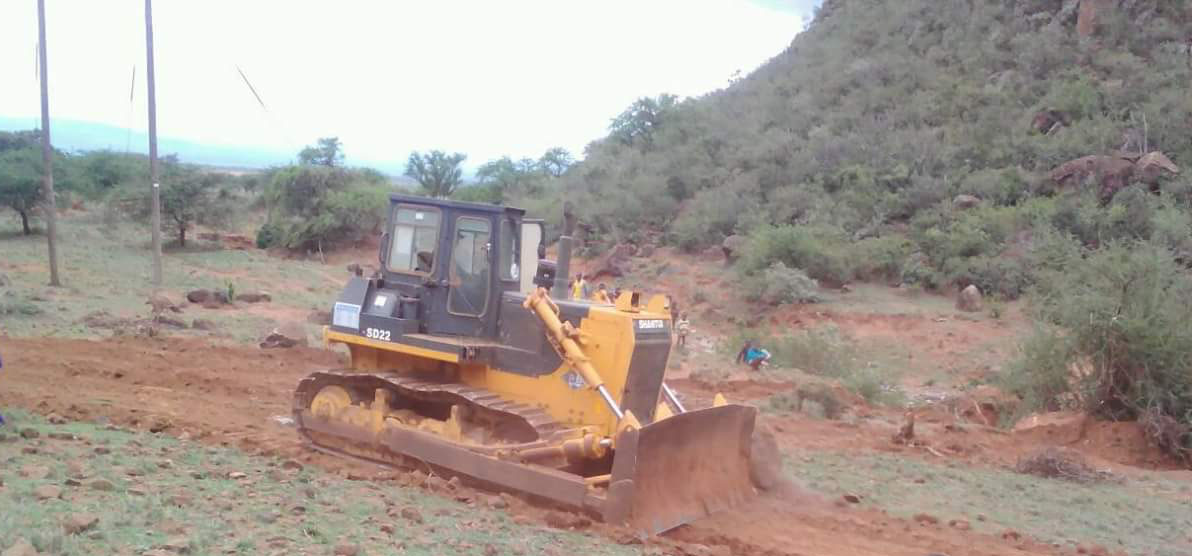
In May 2014 during our first whole day in Kenyawhen we first connected with the KINEKWRUA, we toured the WRUA’s jurisdictional area and dreamed about and contemplated potential water projects we could accomplish and collaborate on. During that day we learned that Namuncha, Kenya, a village of about 700, experienced seasonal flooding due to the “big rains” during their rainy season for much of its history. When we were there in 2014 we suggested installing an earthen dam along the channel heading west toward the village and removing a hump (small hill) that separated the river’s channel and a natural low area to the southeast of its current channel. This would require heavy equipment to accomplish, so in 2017 when the KINEKWRUA and village leaders were approached by a construction company looking for soil for a local construction project they agreed to give the construction company the soil they needed in exchange for building the dam we had suggested in 2014, removing the hill, and expanding and deepening the natural low area to create a larger flood control and water retention system, including a large reservoir.
The Oledooare River dam, river flood control,and reservoir system constructionbegan in October 2017 and was completed in 2018. The water retention basins provides water for cattle and irrigation (Namuncha has another water source for drinking water). Because of this new water source, the possibility of growing crops in the area has become a reality.
WftW loves when we can provide hydrogeologic or other hydraulic system input, support, and insights to facilitate water projects. This project cost WftW nothing, but our input and vision (time) to solve a water problem! Even better, we saw its completion within a reasonable time frame after the initial problem solving/strategizing meeting with the KINEKWRUA’s leadership. We thank the WRUA’s leadership for following through on our mutual dream of seeing this problem solved and better yet turned into an asset for the community of Namuncha, Kenya.
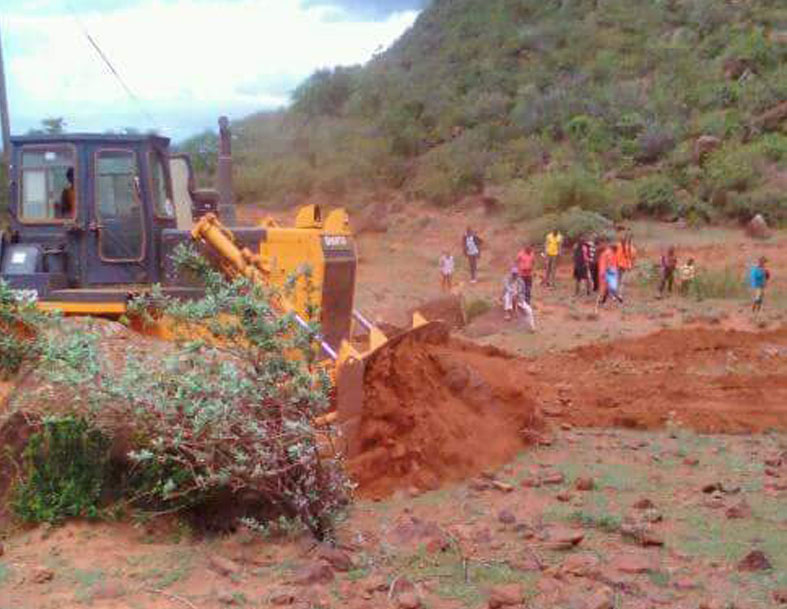
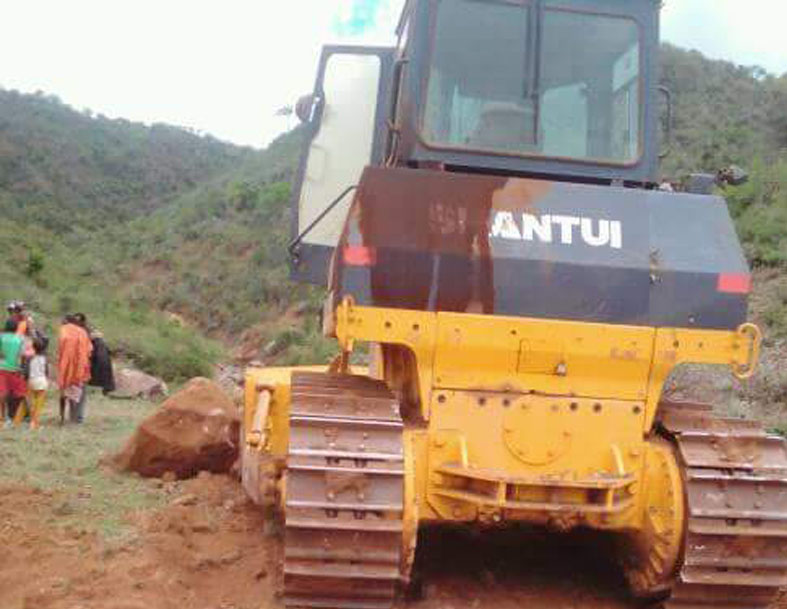
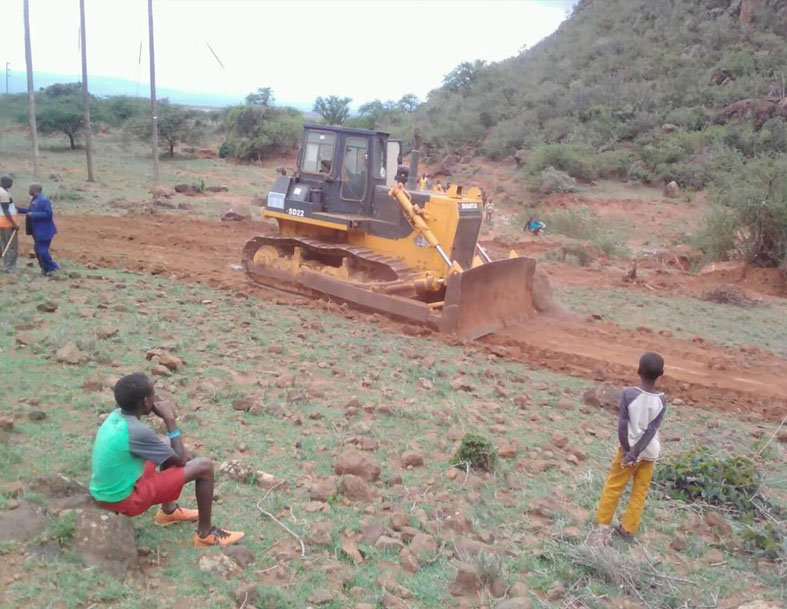
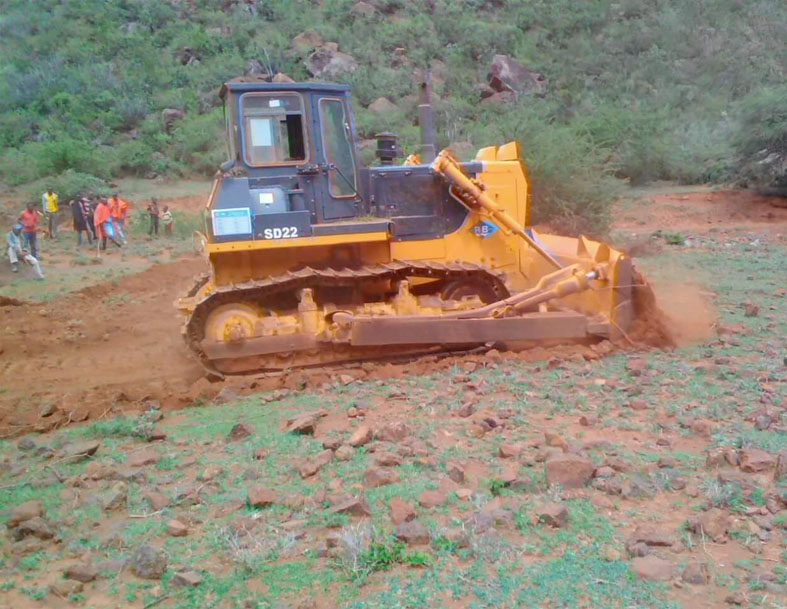
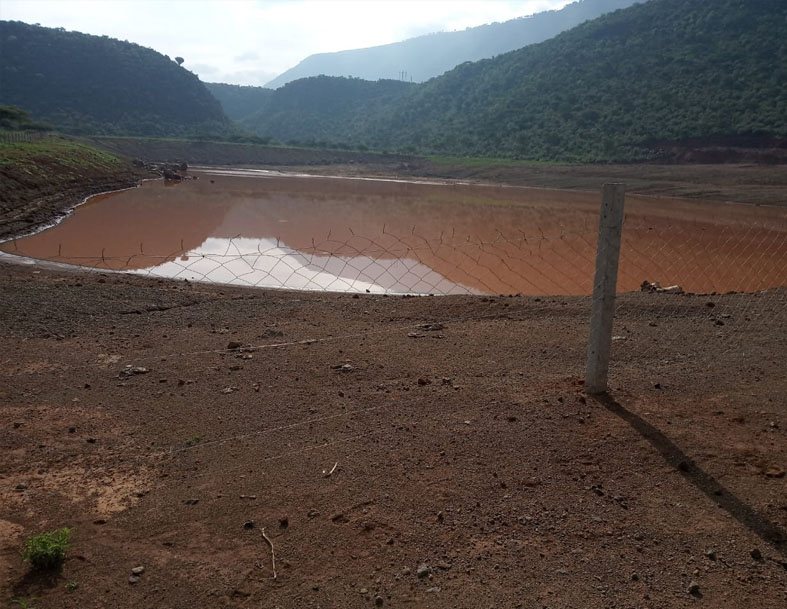
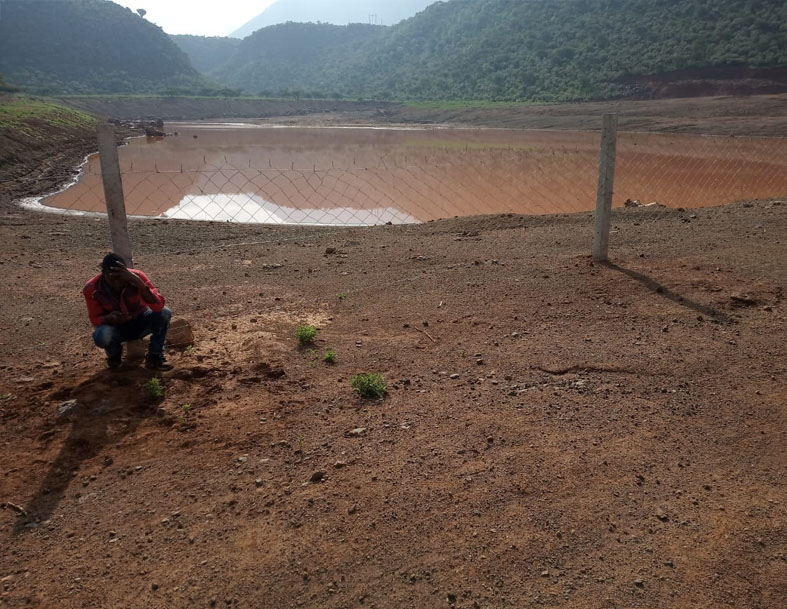
Future Oledooare River/Reservoir Projects:
As stated above, we hope to one day see the excess water collected in the Oledooare River reservoir utilized for growing crops. I have been a little disappointed to hear that it has not been utilized for this purpose and hope to work with the KINEKWRUA or others to bring crops to the otherwise barren land surrounding the reservoir.
Furthermore, there is an opportunity to create sand dams within the Oledooare River basin. A sand dam is a concrete or otherwise reinforced stone/masonry wall built across a seasonal river that collects sand behind the dam during the first few rainy seasons following the dam construction. The area behind the wall (or dam) fills with sediment-laden water and the heavier sand particles are deposited behind the dam, while the lighter silt particles are carried downstream. Most of the water that flows within the river (as much as 97% to 99%) continues to flow downstream.But depending on the size and configuration of the sand dam, there is a potential for millions of gallons/liters of water to be stored in the pore spaces between the sand particles that accumulate behind the dam. Sand dams have the potential to provide enough water for hundreds to more than a 1,000 people to have access to water year-round. Sand dams need to be carefully engineered and constructed to have infiltration galleries incorporated in bottom portions of the sands accumulated within the sand dam, so that the accumulated water can be easily extractedthrough a simple tap or even better piped to a water tank for storage and distribution.
Often the water stored within the sand dam helps raise the water table in the surrounding area, which could possibly allow the growing of crops or fruit trees on the edges of the sand dam (banks of the riverbed). Sand dams require little maintenance and can last for decades.


